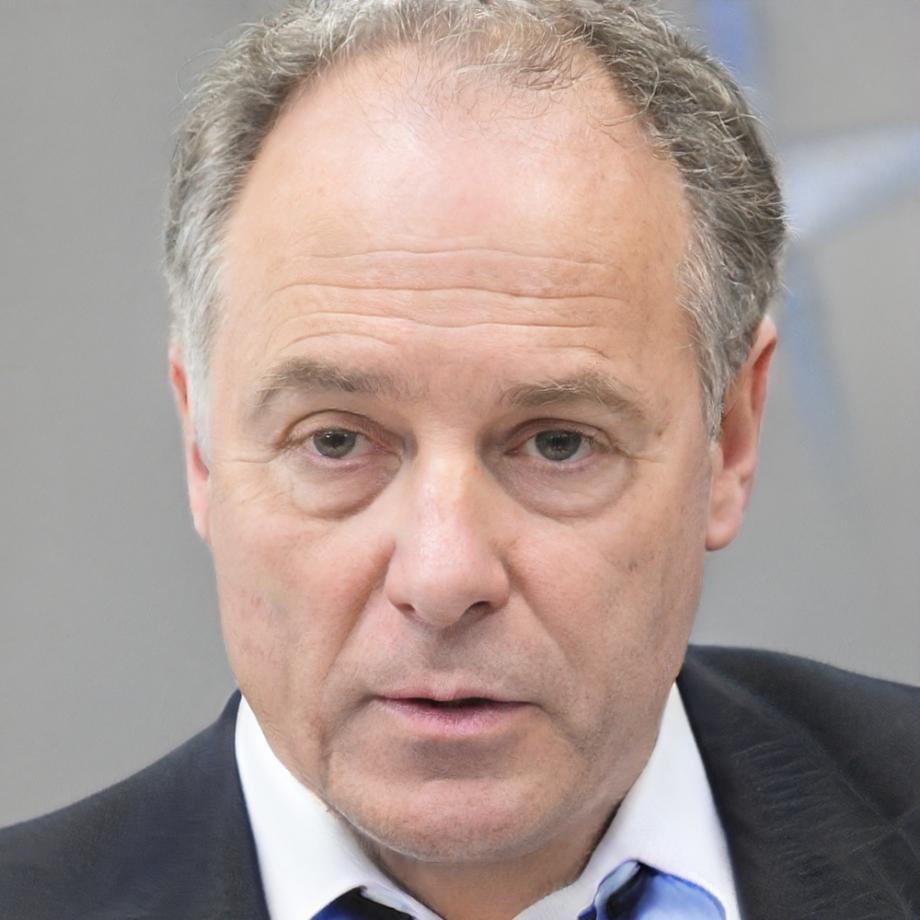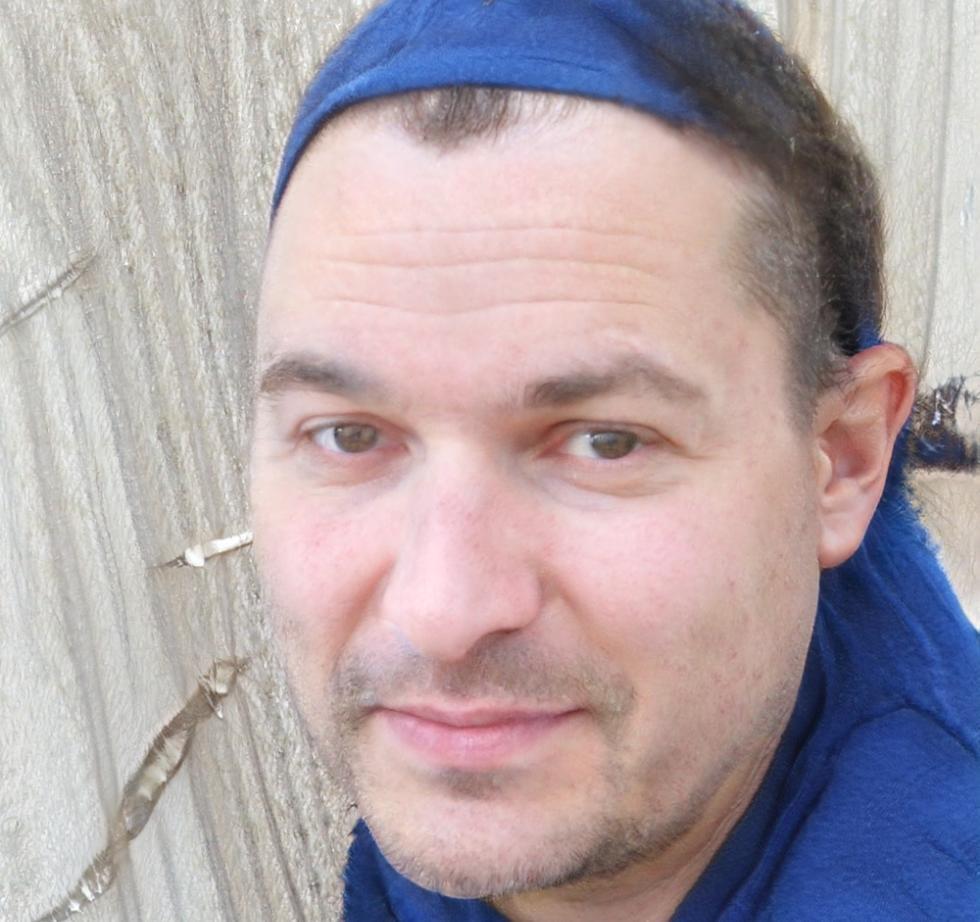Teijo Lund
Technical Lead
Teijo handles architecture decisions and keeps our technical debt manageable. He's worked on everything from small business apps to systems handling millions of users. Prefers simple solutions over clever ones.
We've spent years figuring out what makes mobile apps successful in Asian markets. It's not about following Silicon Valley playbooks or chasing trends. Our approach comes from real projects, actual client feedback, and plenty of mistakes we've learned from along the way.
Most agencies talk about "agile" and "iterative development" like buzzwords. For us, it's just how we stay sane. Projects change. Requirements shift. Users surprise you. Here's what that looks like in practice.
We spend time understanding your business context before touching any code. What problems are you solving? Who's going to use this thing? What's worked before, what hasn't? These conversations save months of rework later.
Quick mockups help us validate ideas before committing resources. We've killed plenty of "brilliant" features at this stage because users found them confusing. Better to learn that early than after three weeks of development.
We build in chunks, not all at once. Release a core version, watch how people use it, then expand. This approach feels slower at first but prevents those massive rewrites that kill timelines and budgets.
Launch isn't the finish line. Apps need attention after release. Performance monitoring, user feedback analysis, gradual improvements. We stick around to handle this part because it's where good apps become great ones.
Technology choices affect everything downstream. Pick the wrong framework and you're fighting it for months. Choose tools without considering your team's skills and you've just created a maintenance nightmare.
We've made enough poor technical decisions to recognize them early now. Sometimes that means recommending against the newest, shiniest option in favor of something boring but reliable.

Methods and frameworks are great, but projects succeed because of the people working on them. Here are some of the folks you might work with.

Technical Lead
Teijo handles architecture decisions and keeps our technical debt manageable. He's worked on everything from small business apps to systems handling millions of users. Prefers simple solutions over clever ones.

UX Specialist
Freya runs user research and interaction design. She's the one who reminds us that features we think are obvious often aren't. Her user testing sessions have saved multiple projects from building the wrong thing.

Project Coordinator
Dimitri keeps projects moving and communication clear. He's good at translating between technical teams and business stakeholders. Also somehow knows exactly when a timeline is realistic versus optimistic fiction.